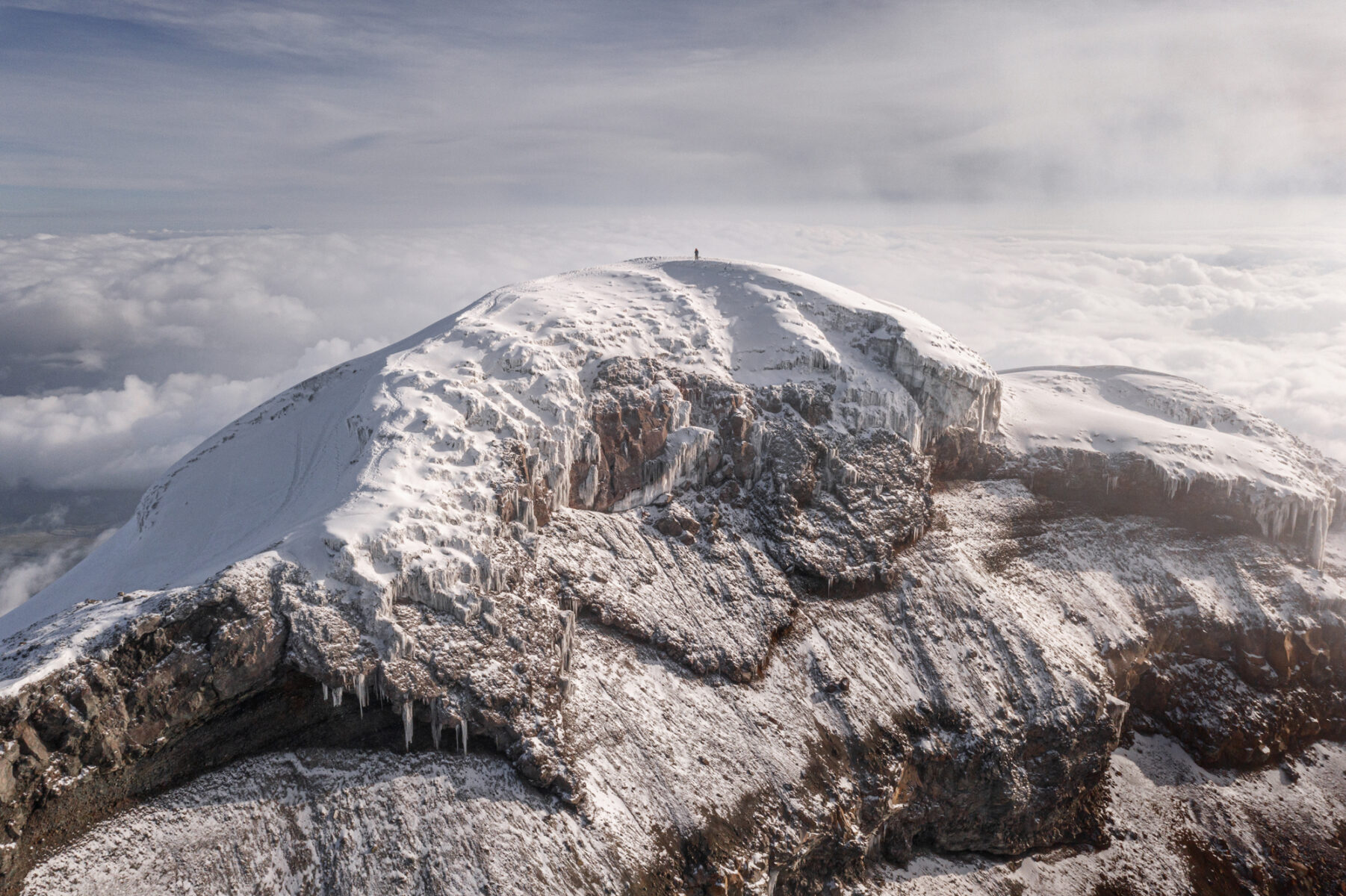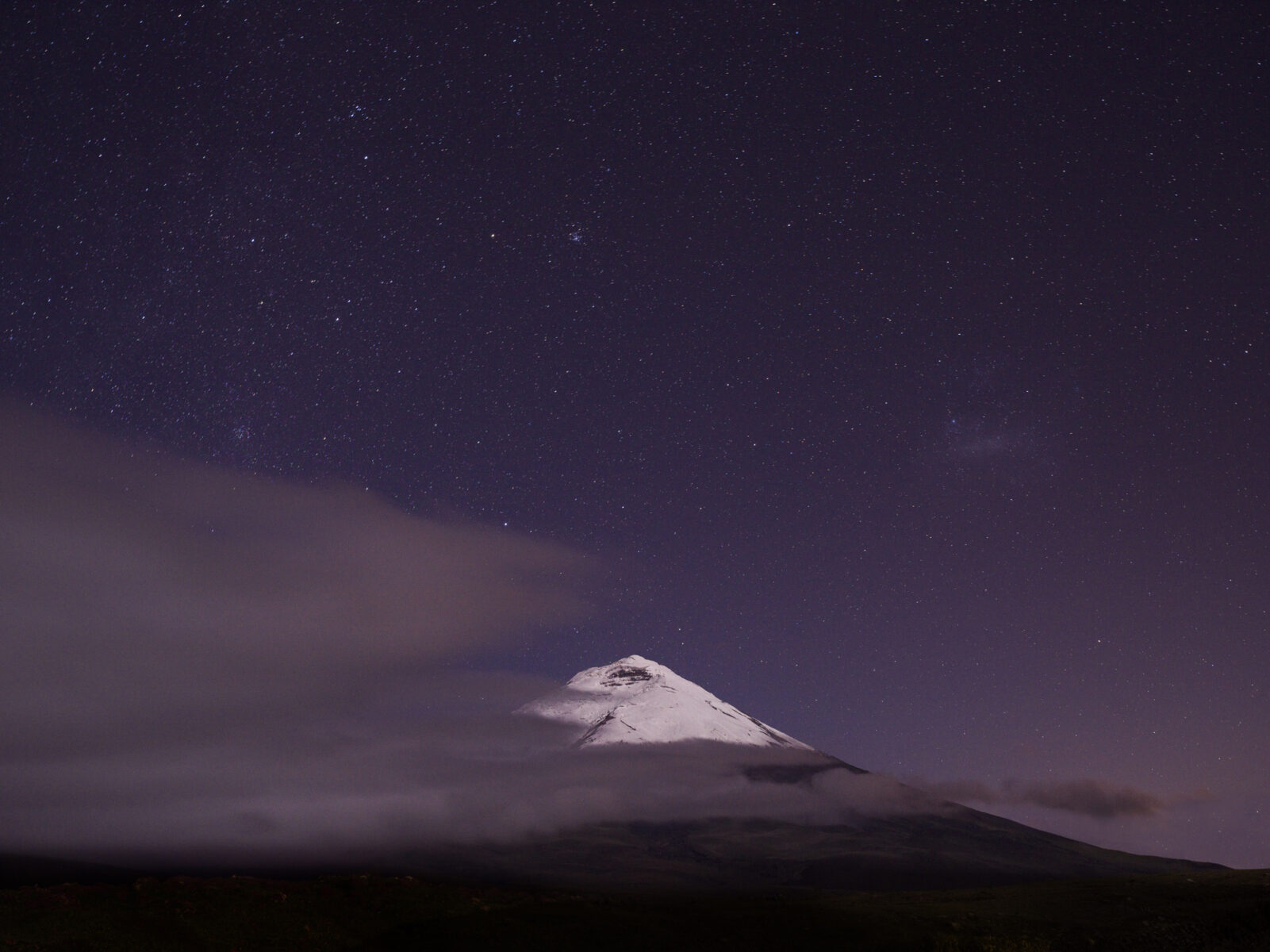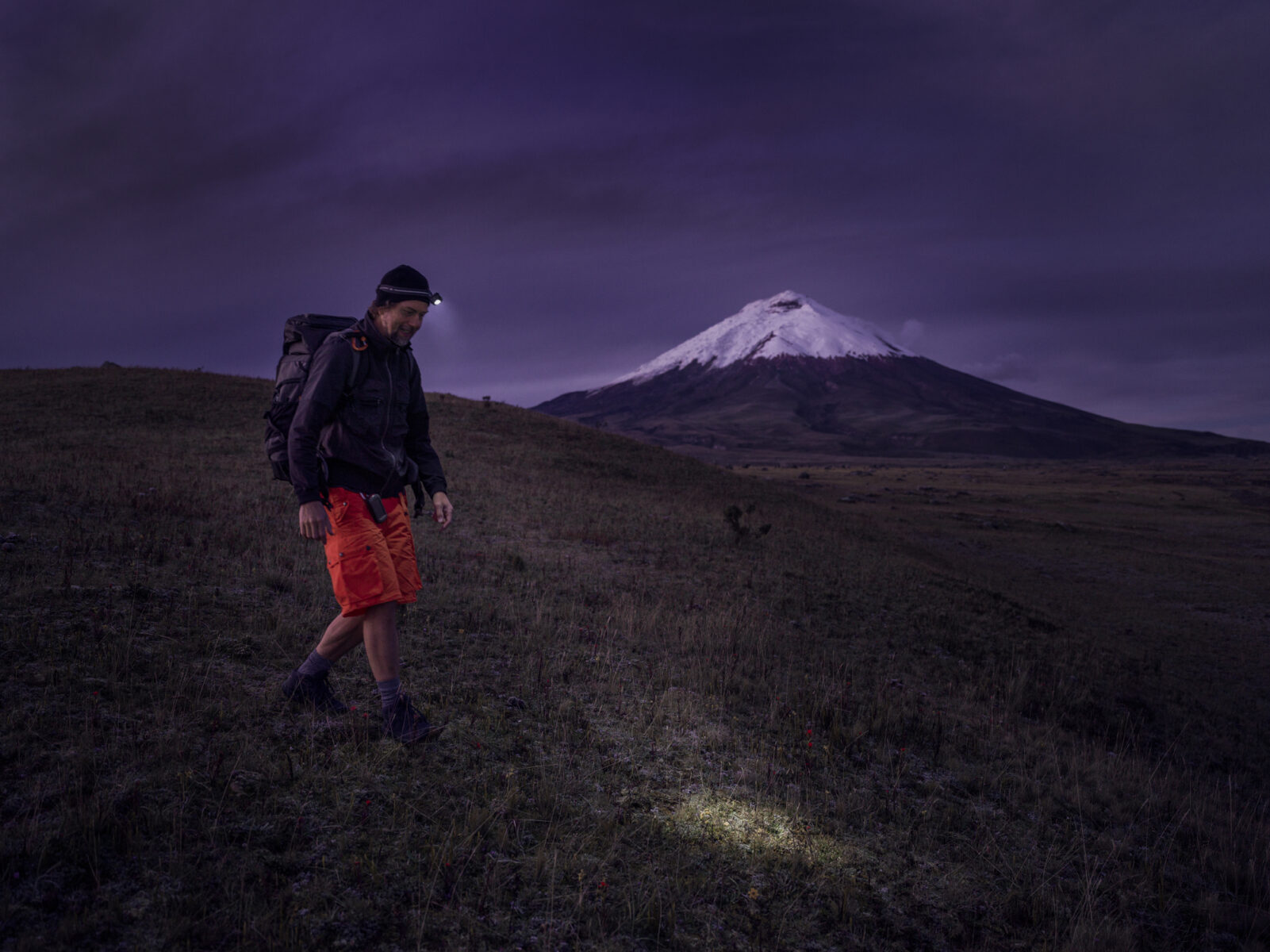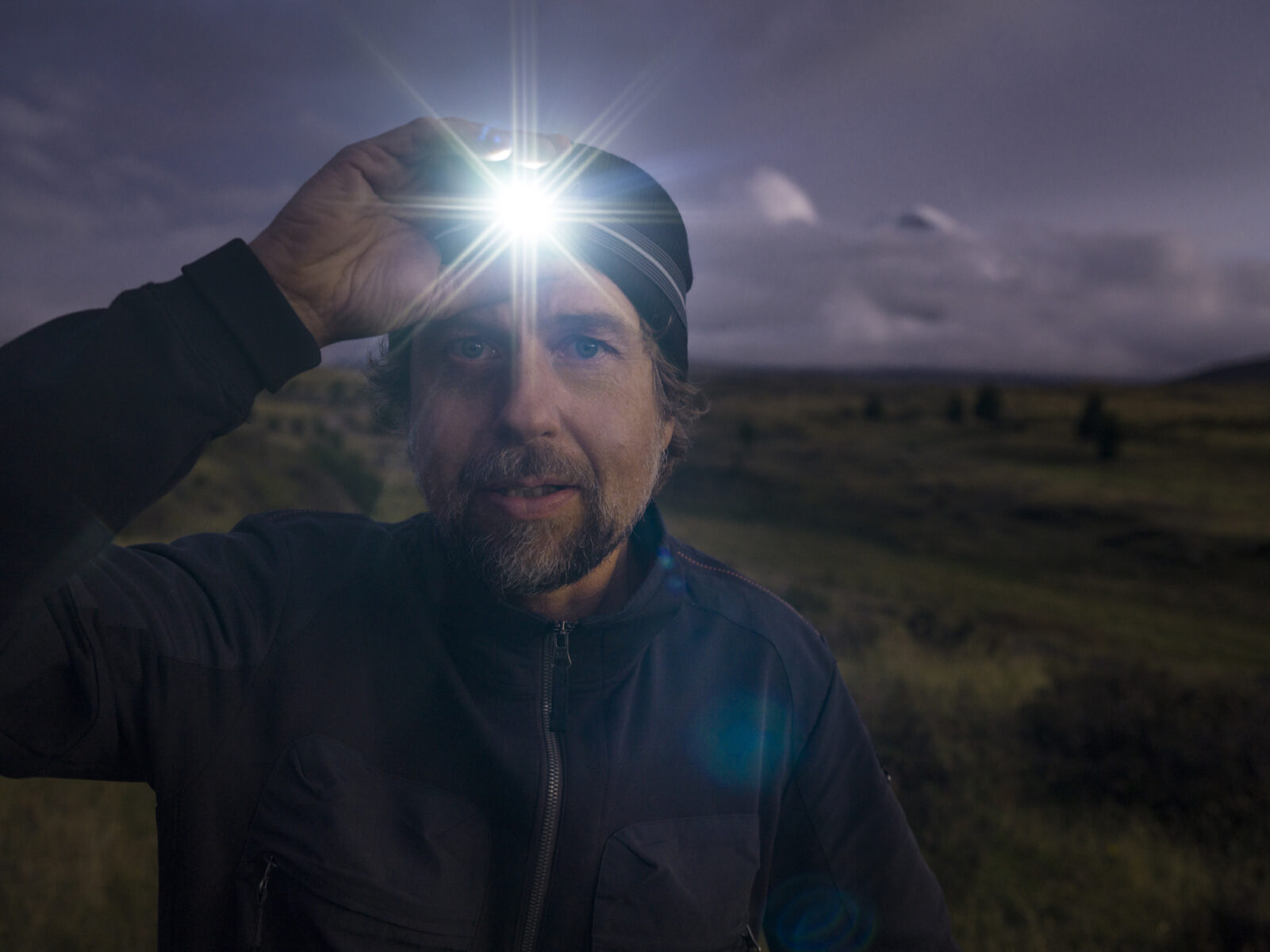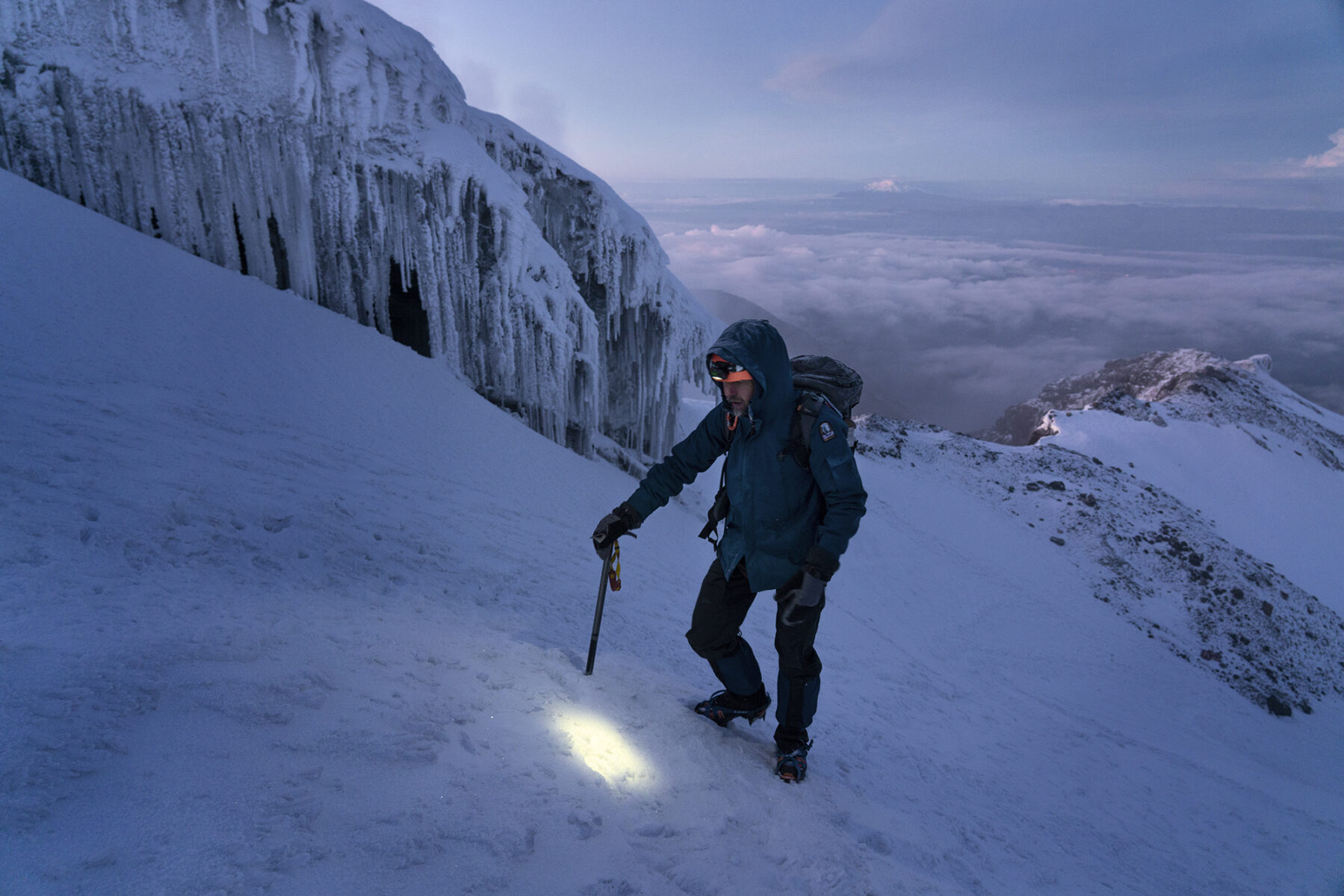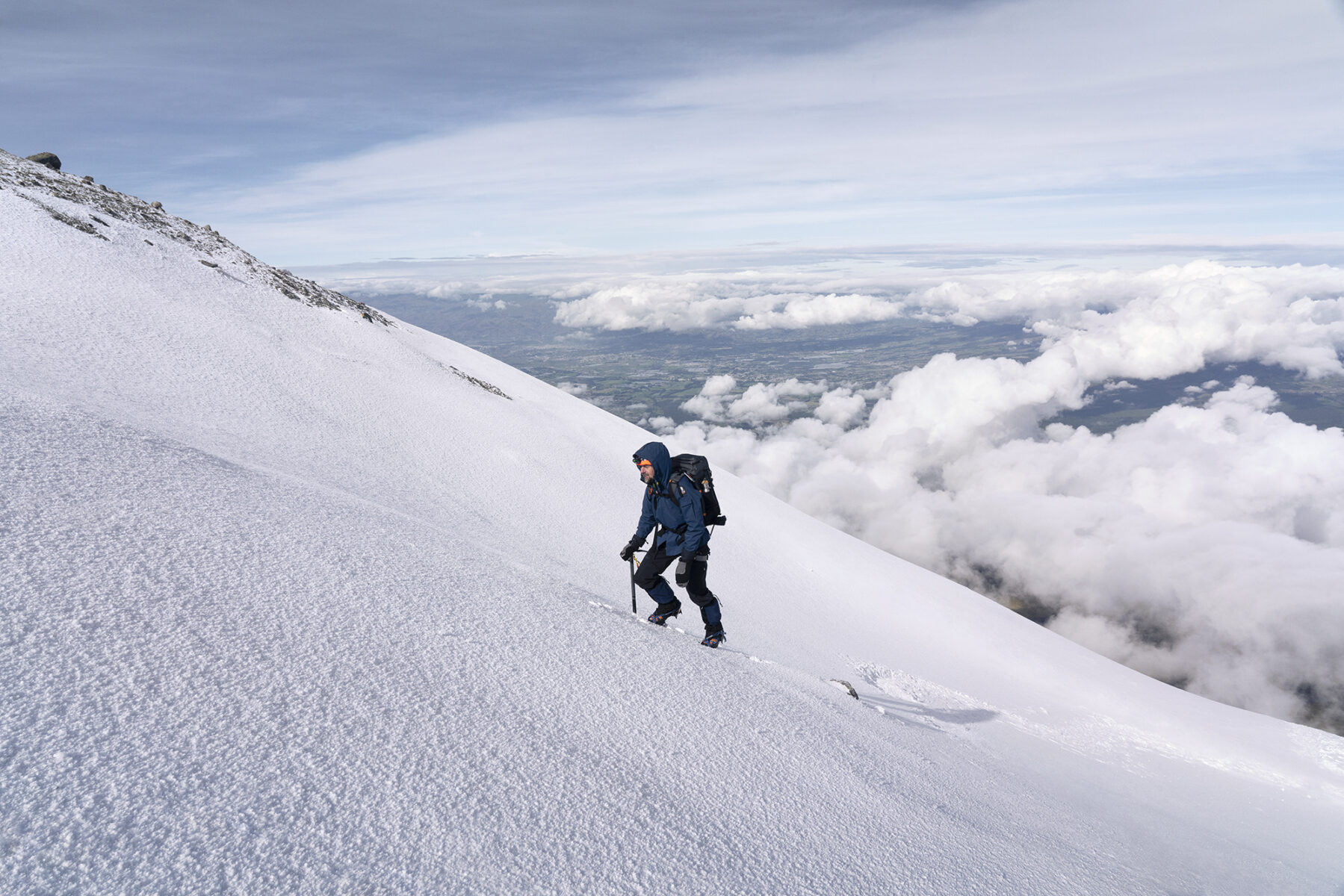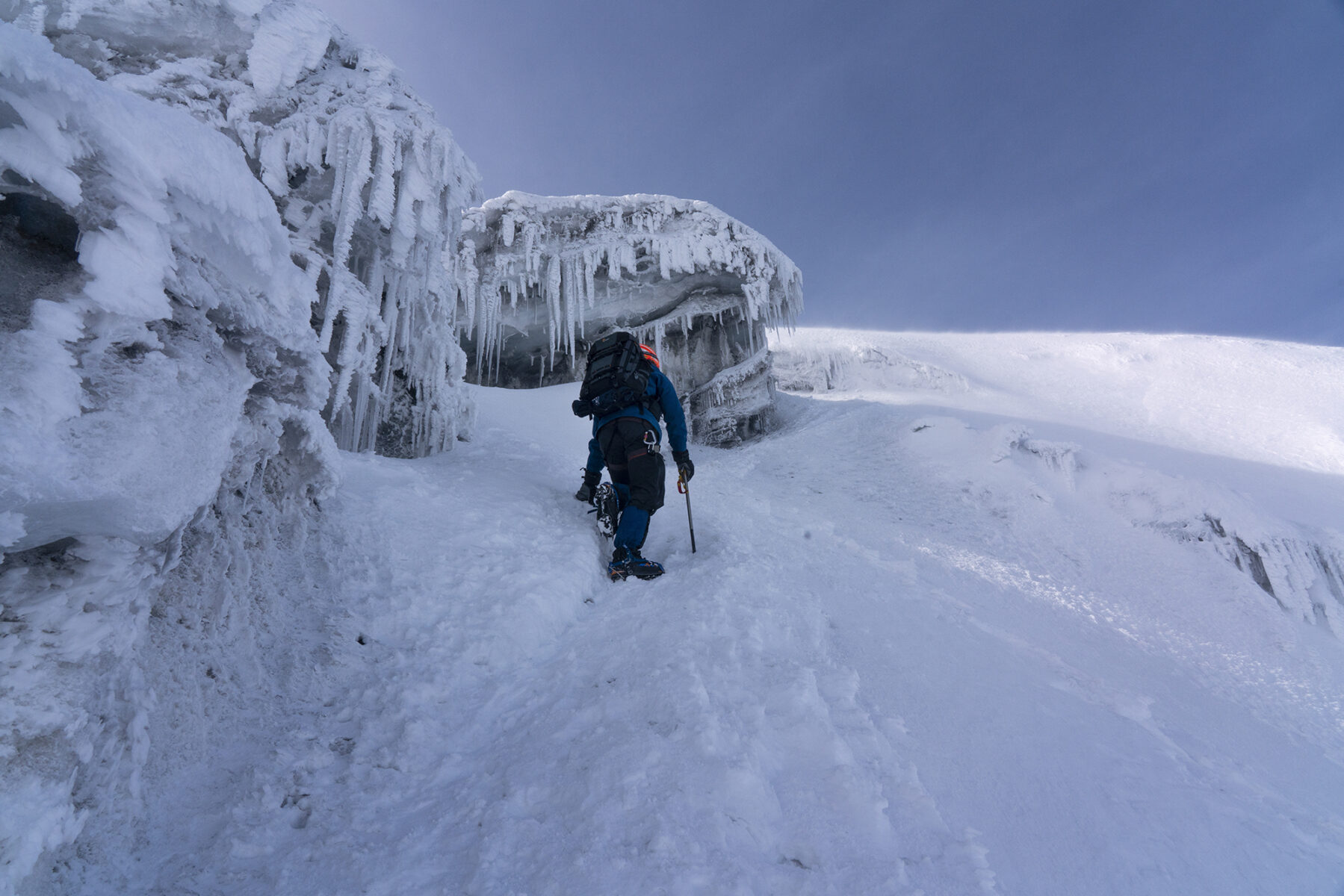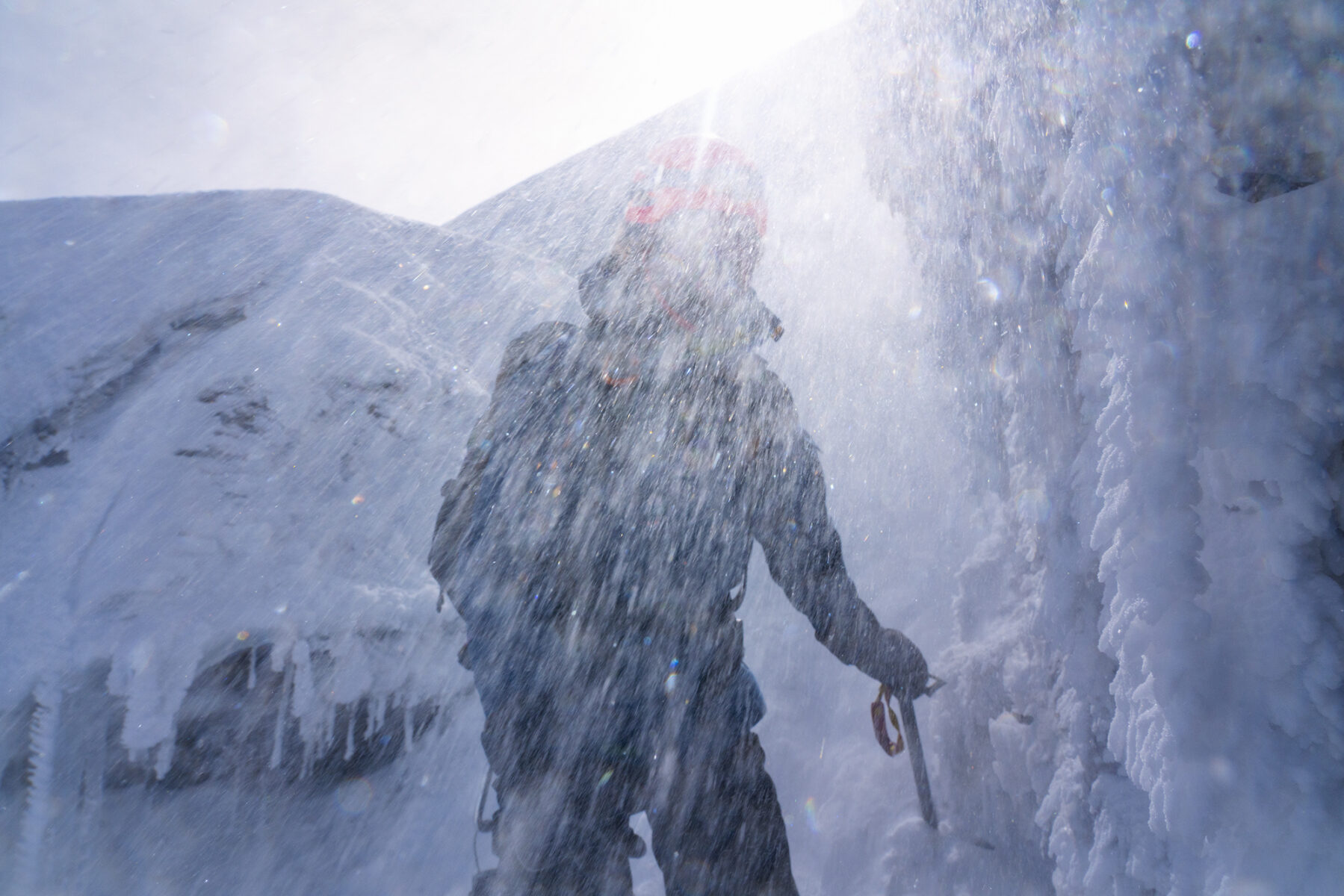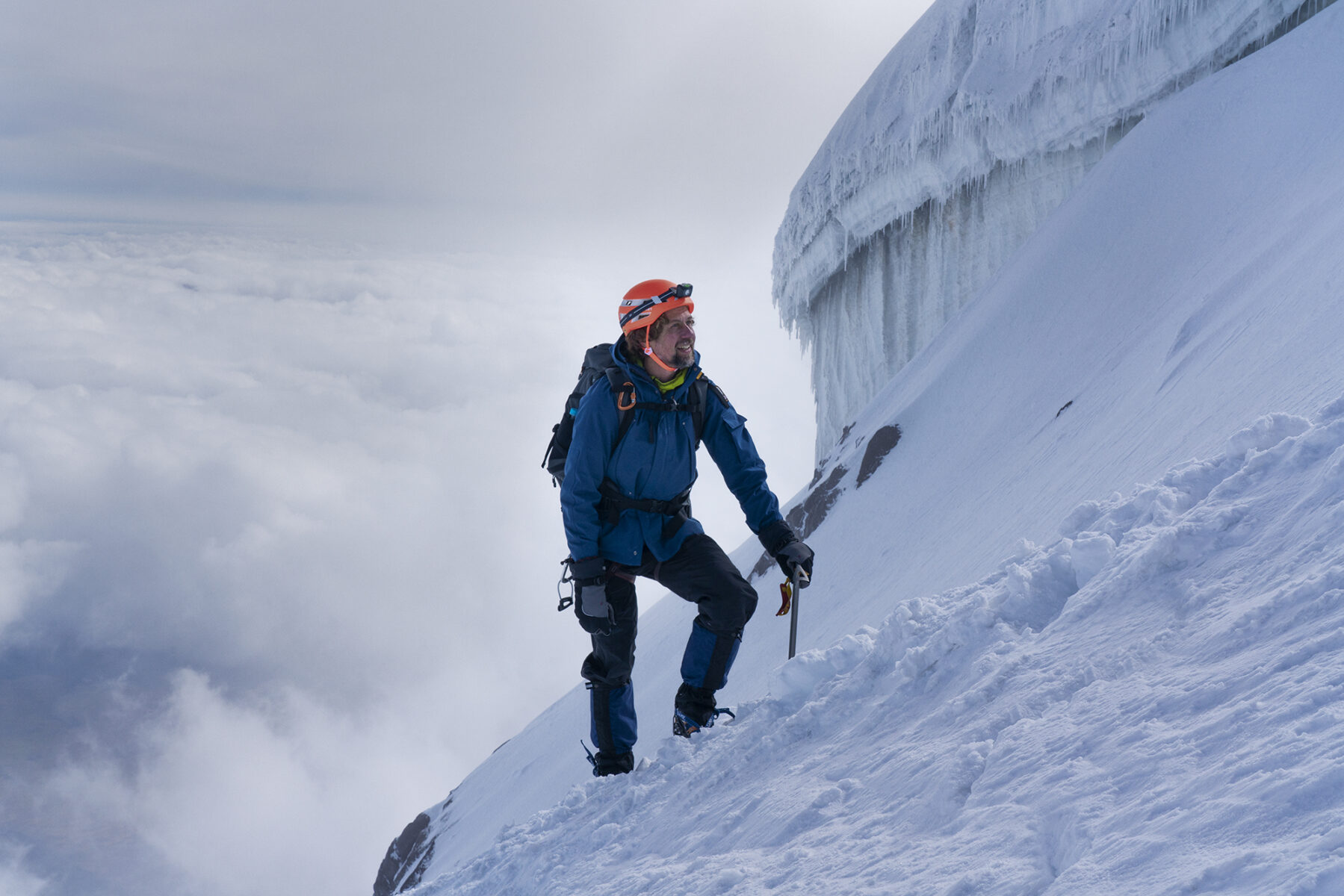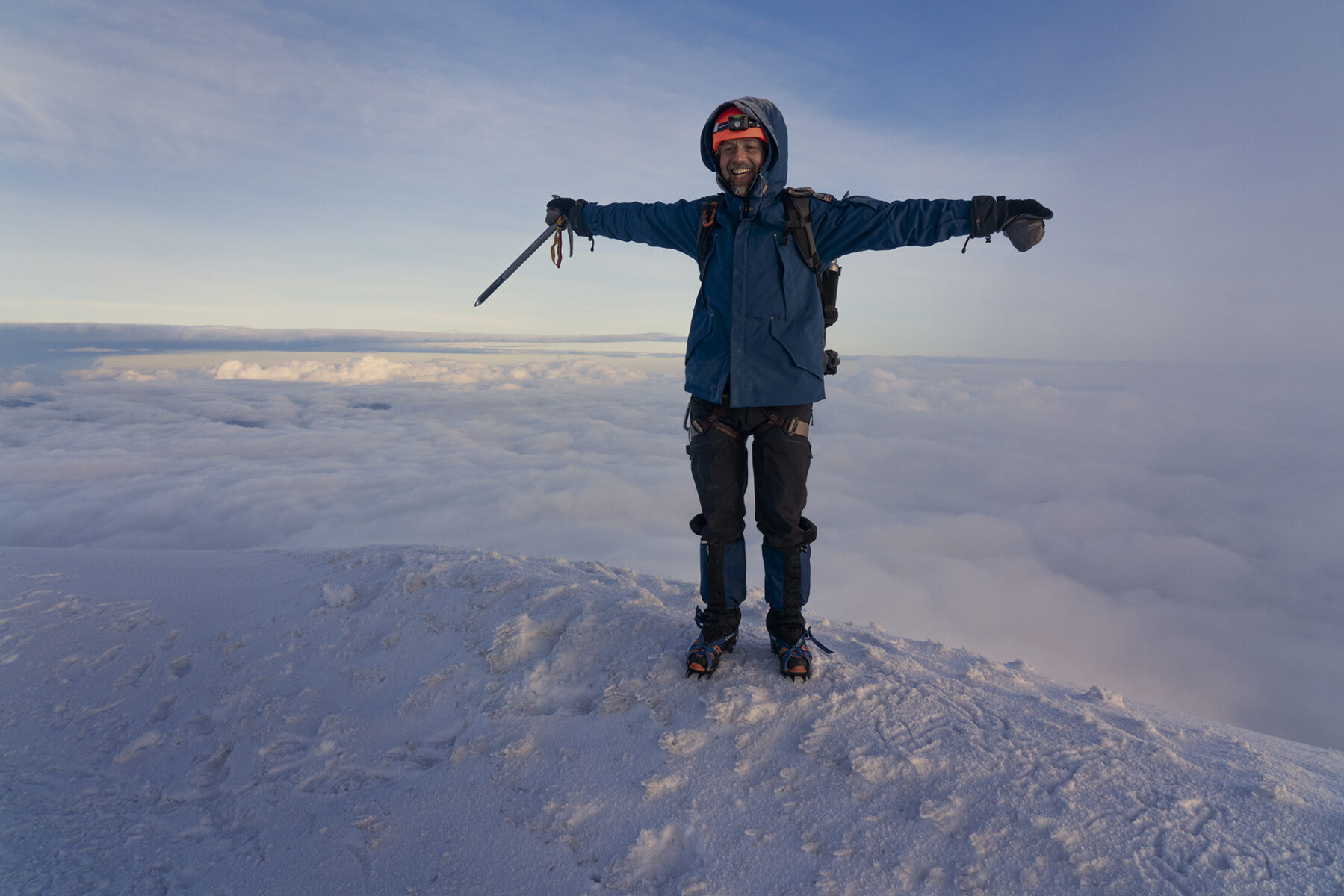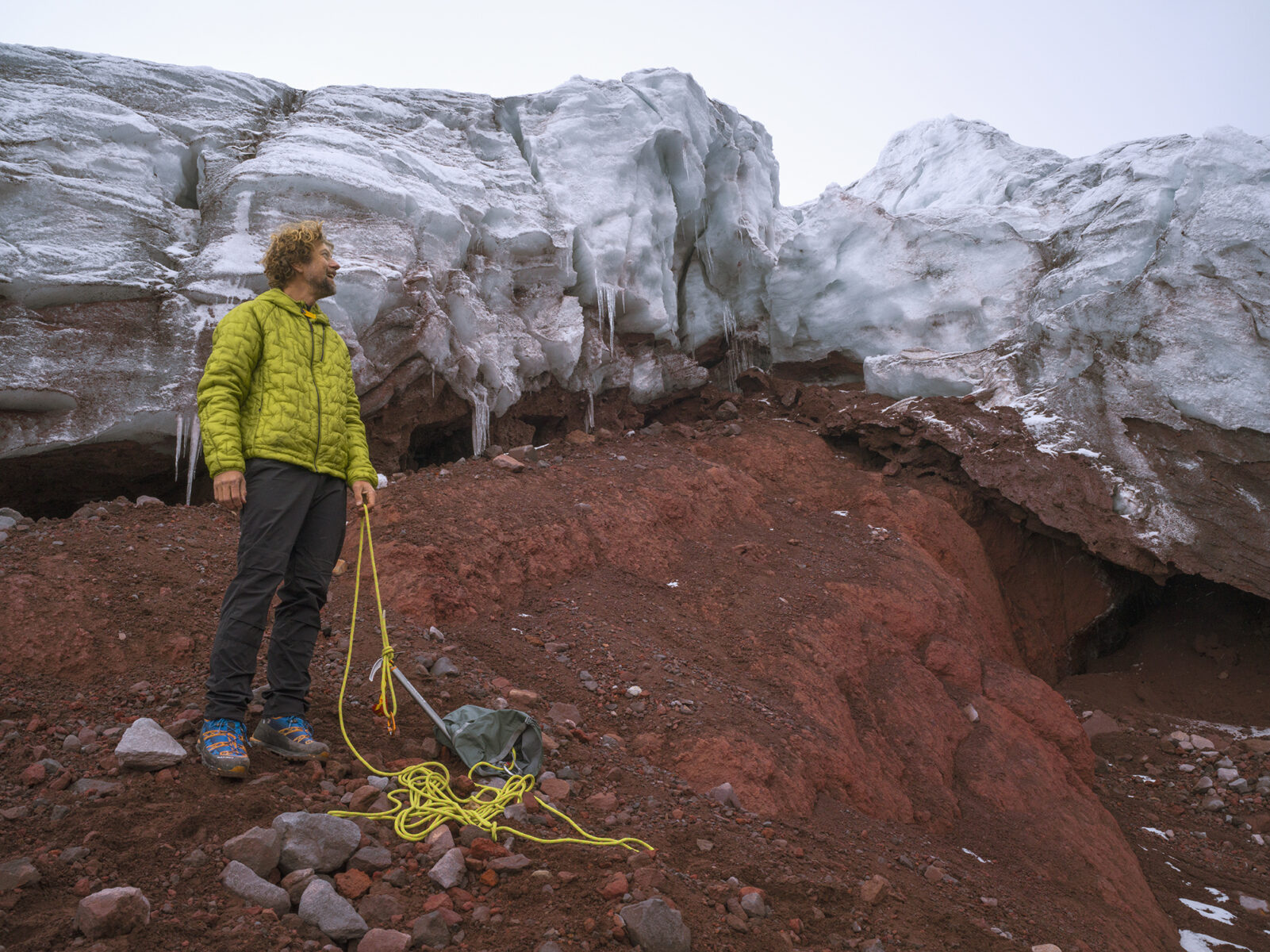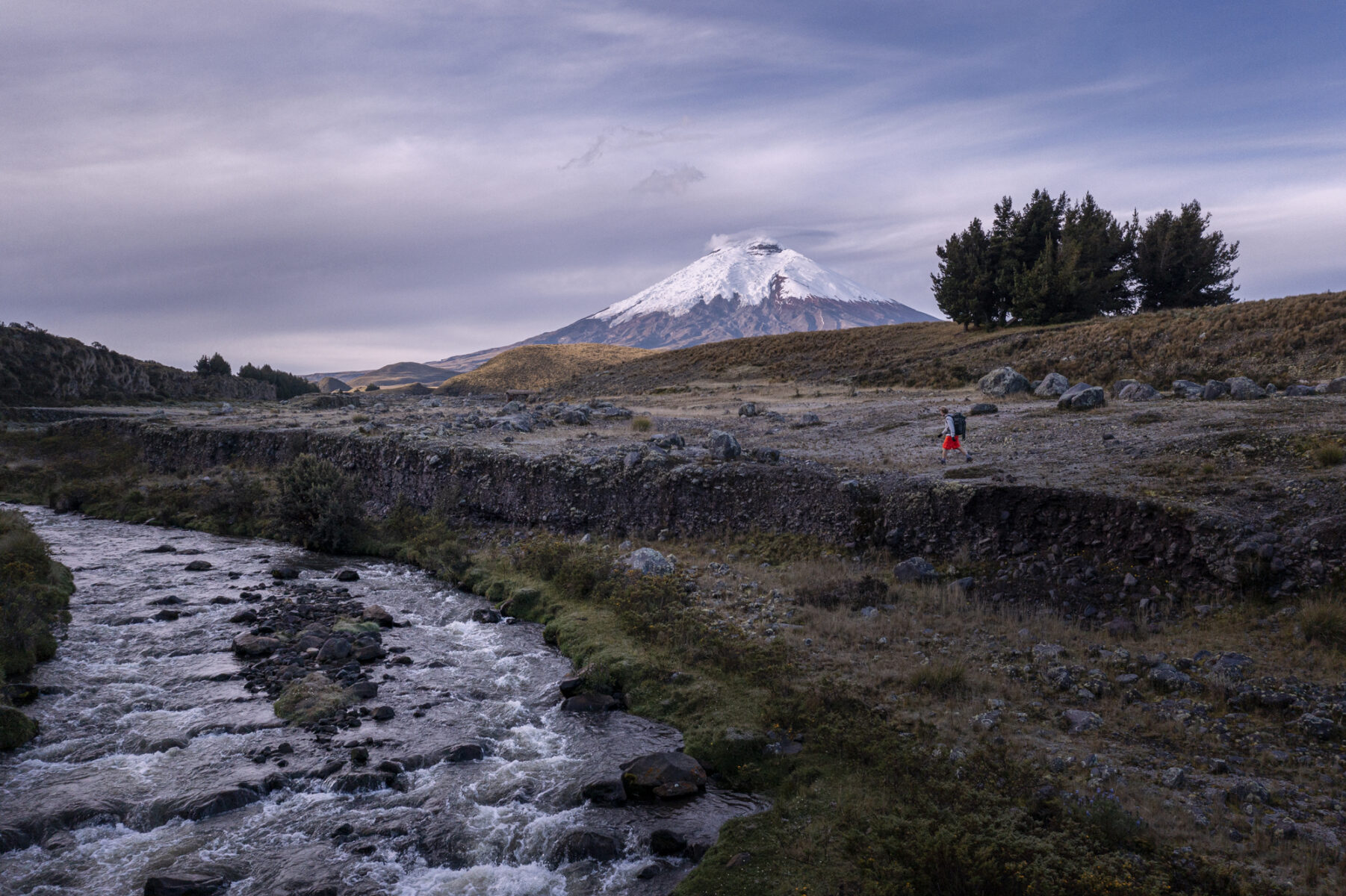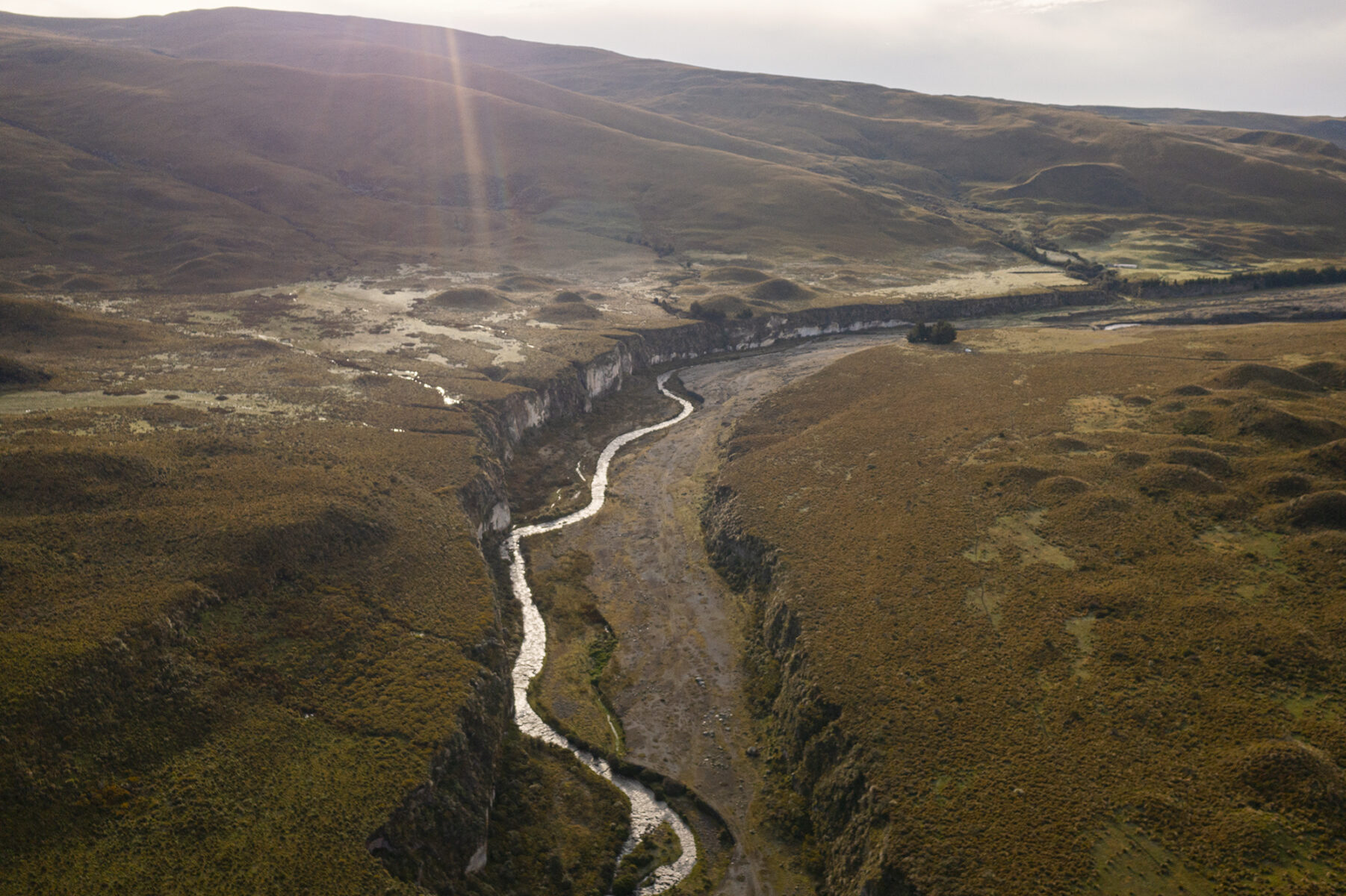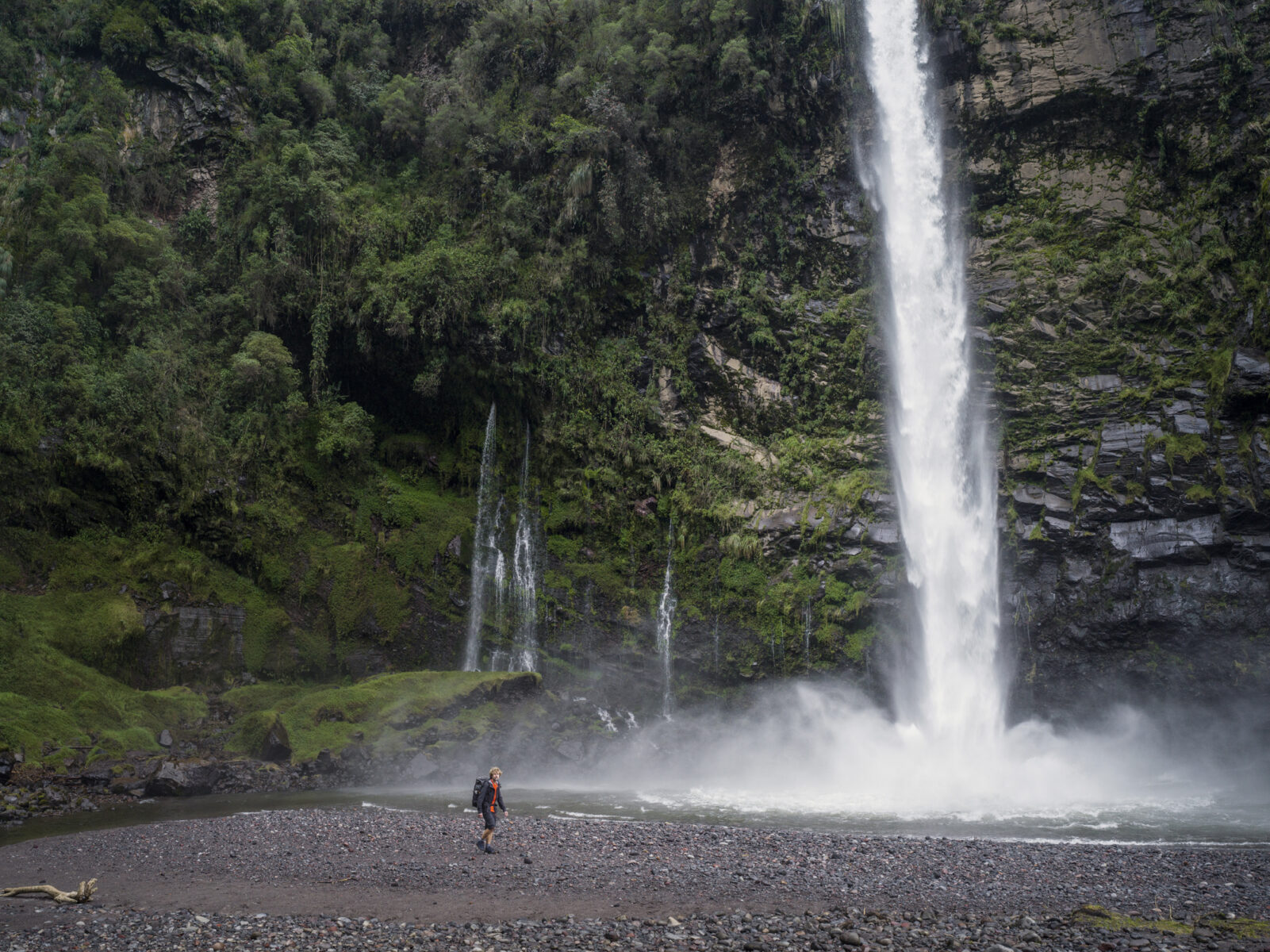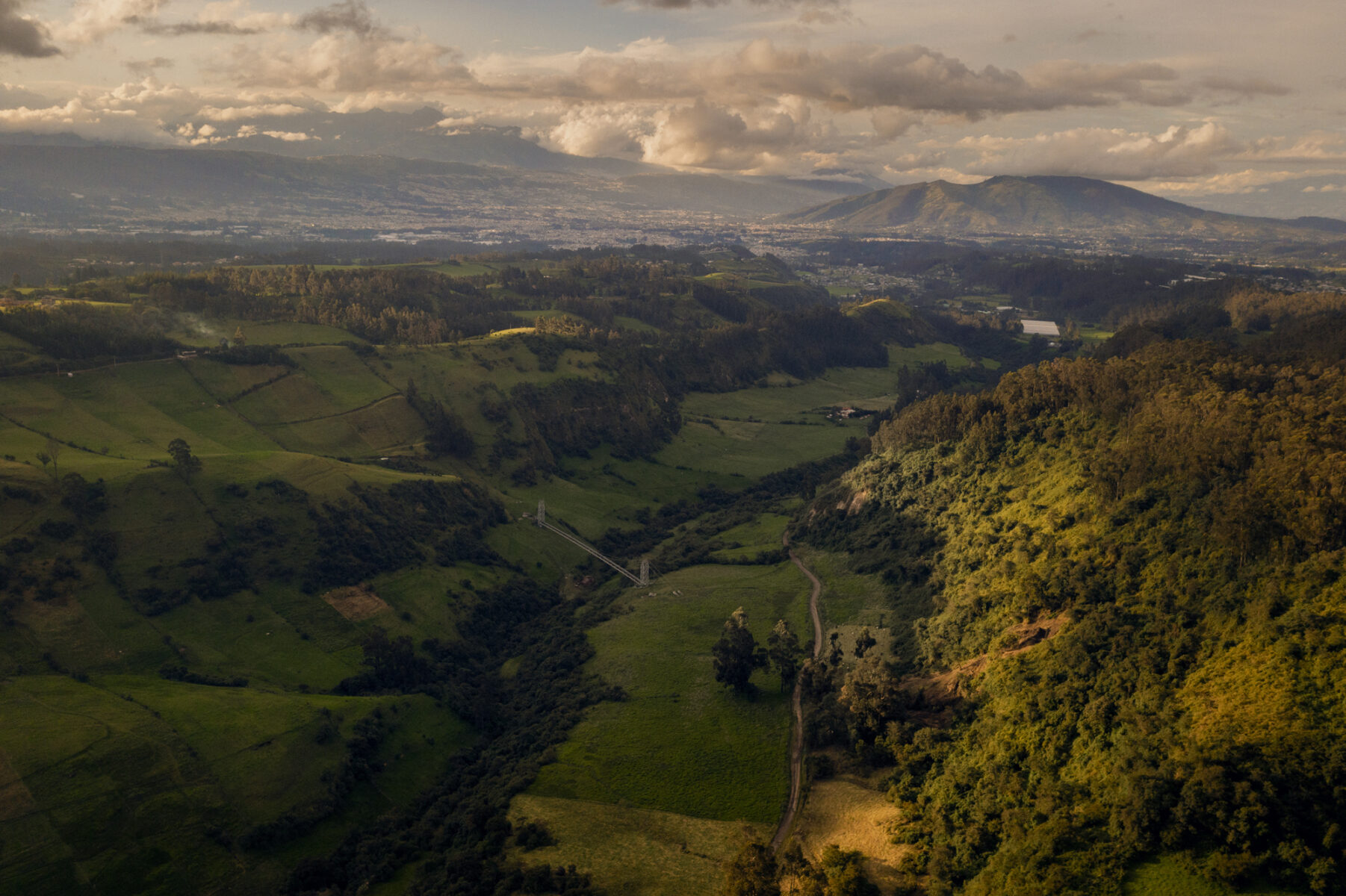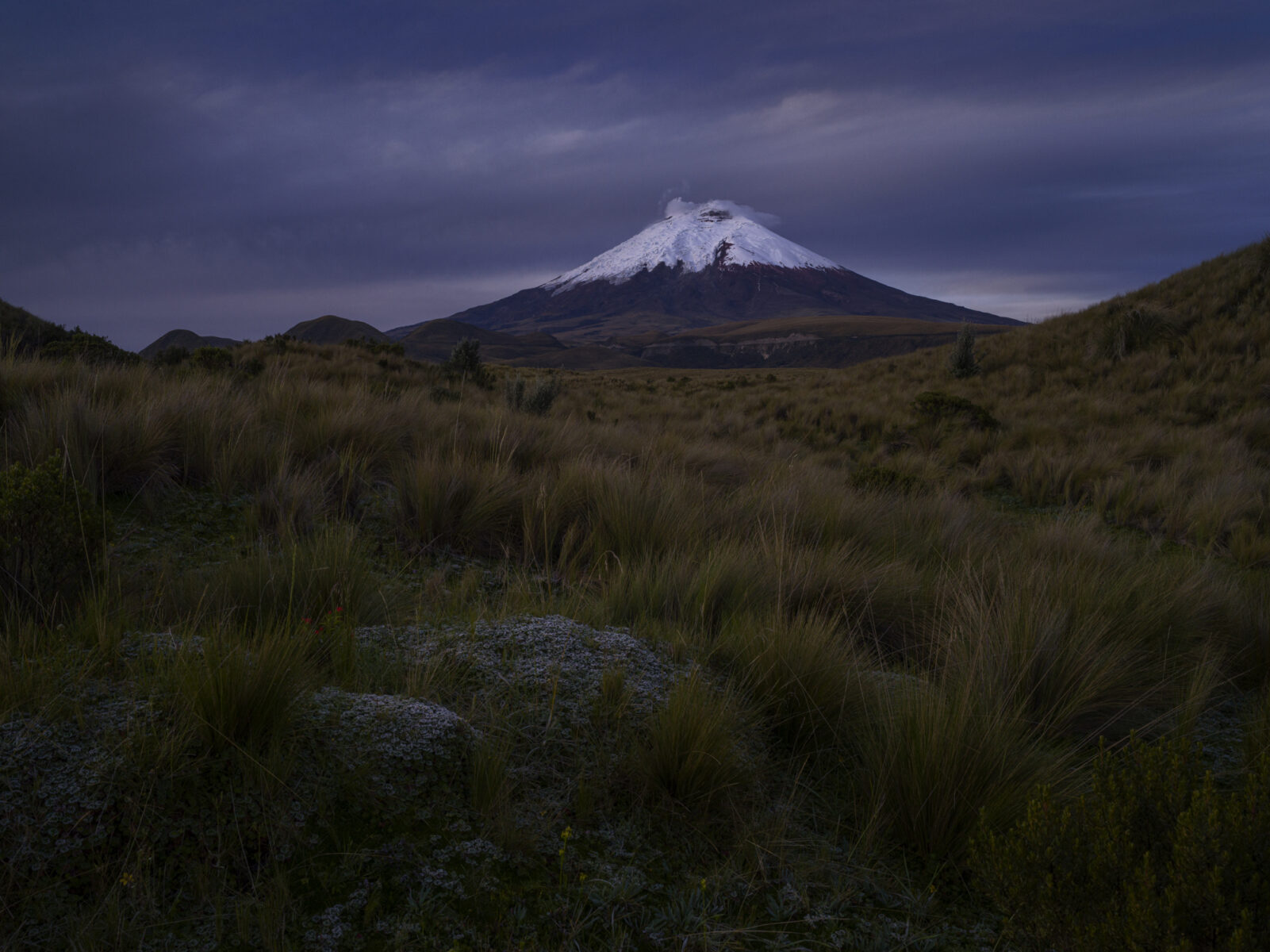Cotopaxi: 5,897m
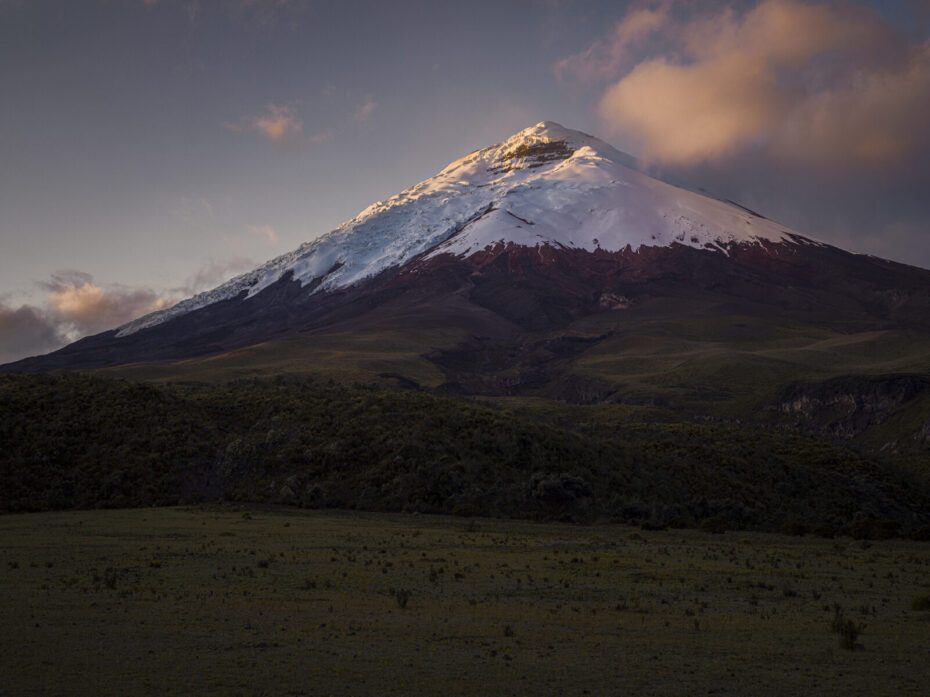
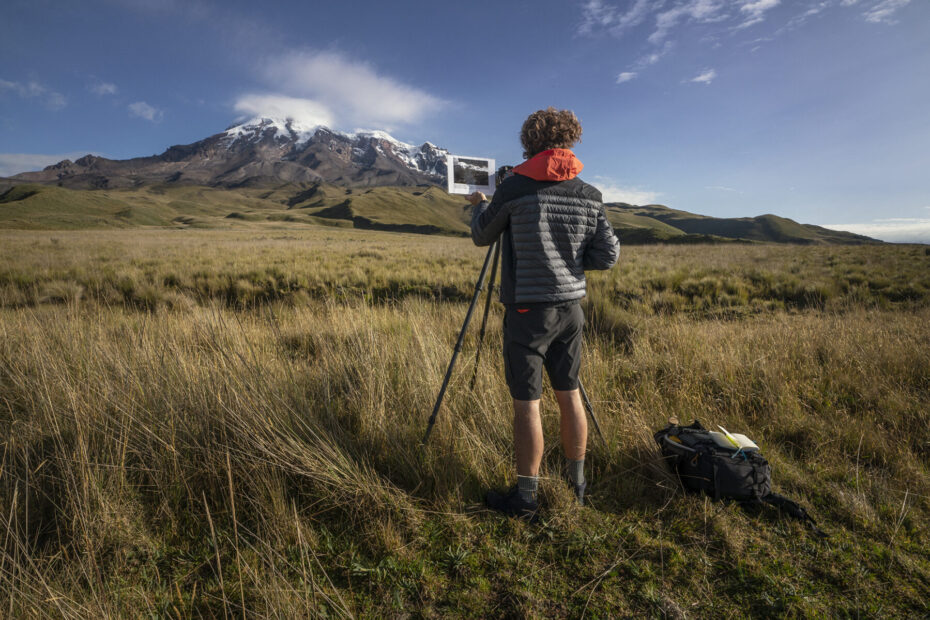
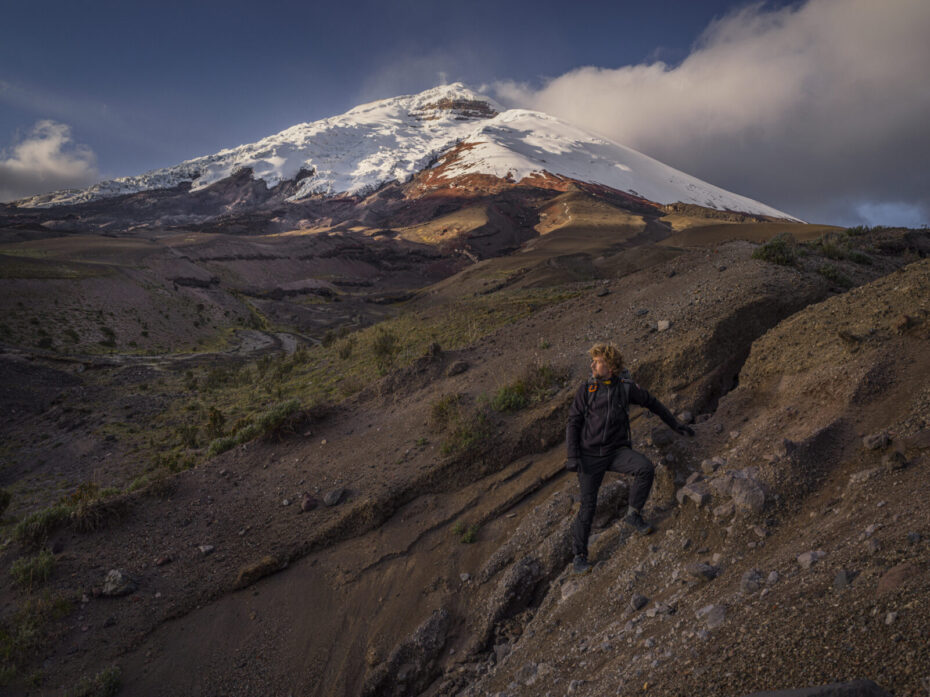
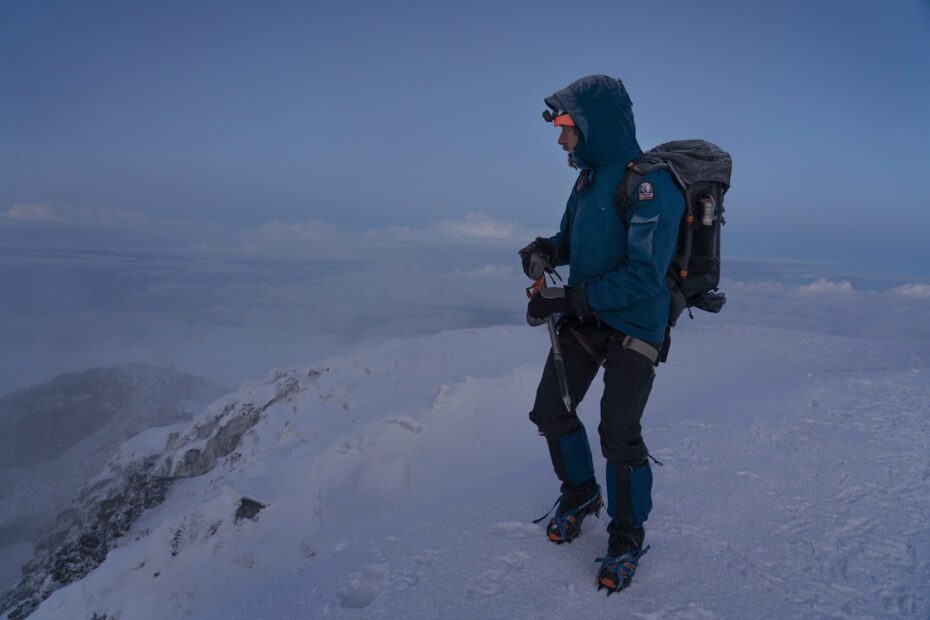
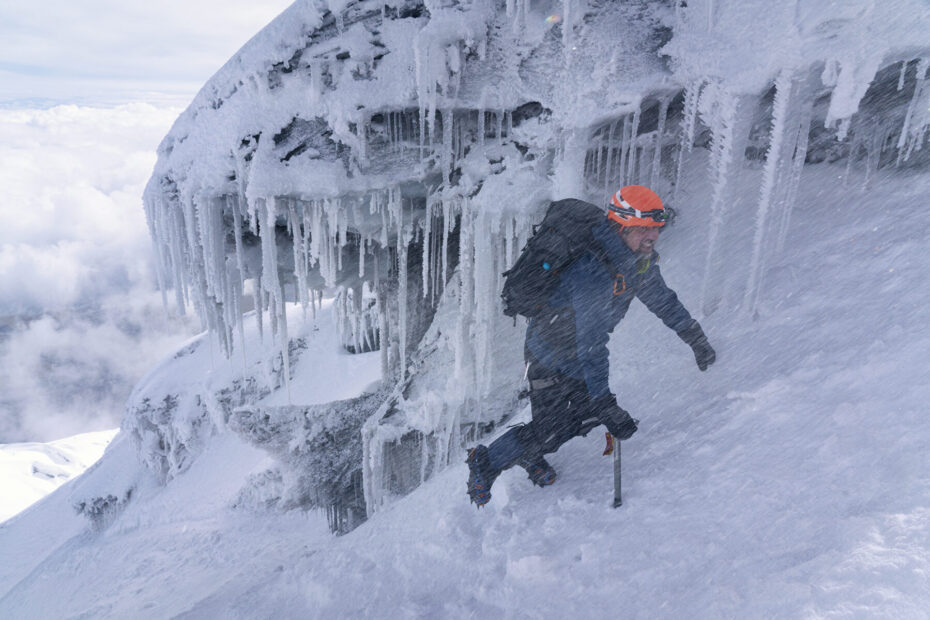
Klaus Thymann embarked on a mission in Ecuador to study the melting glaciers. The focus was Cotopaxi, the second highest and most active volcano in Ecuador towering 5,897 meters above sea level. It features a stunning equatorial glaciers, among the few in the world.
There is a deep connection between the local population and the volcano. Once considered by the inhabitants as the place where the gods live, and honored as the rain sender, Cotopaxi is now an important water resource for the capital Quito and the entire country. The glacial melt water becomes a river that crosses the grasslands below and then flows into the Amazon River.
To reach the summit, Thymann walked through the range of ecosystems that characterize the route from the nearby capital city of Quito to the summit of Cotopaxi. The journey began in the rainforest just outside the city, where high waterfalls become rivers that flow through the land. Here the temperatures are very high, and the humidity is dense due to frequent rainfall.
As Thymann continued his journey, and the assent up Cotopaxi, the landscape become barren. The ground become red due to the presence of volcanic material and the temperatures dropped as Thymann’s altitude increased. The final challenge was to climb what remains of the glacier.
In front of natural elements such as mountains and glaciers, one has the perception that they are eternal and constant over time, but volcanoes are by their very nature dynamic and constantly evolving, and so is the ice that covers the top.
But the glacial ice that forms atop Cotopaxi is disappearing at an alarming rate. The majestic Cotopaxi is not only an ambitious peak to admire, but it is also a strong and clear signal of global warming and how this is affecting the life of Ecuadorians.
Close to Cotopaxi is another volcano, Chimborazo, the highest in the country. It dominates the landscape with its peculiar rounded summit, which, according to geologists, derives from the union of two extinct volcanoes. Comparative images of the volcano from 1974 reveal shocking changes. Part of the glacier has melted depriving the population and nature of an important water resource.
Reflecting on the journey, Thymann wrote:
“When you reach the top of Cotopaxi you immerse yourself in a new ecosystem, and along the way, you see how everything is changing around you. But the complete view is only available at the top. From here, you can see Quito in the distance, and you can really feel how everything is connected. Only now do we realize how we are linked to nature and to each other.”
This expedition was graciously supported by Parajumpers.
